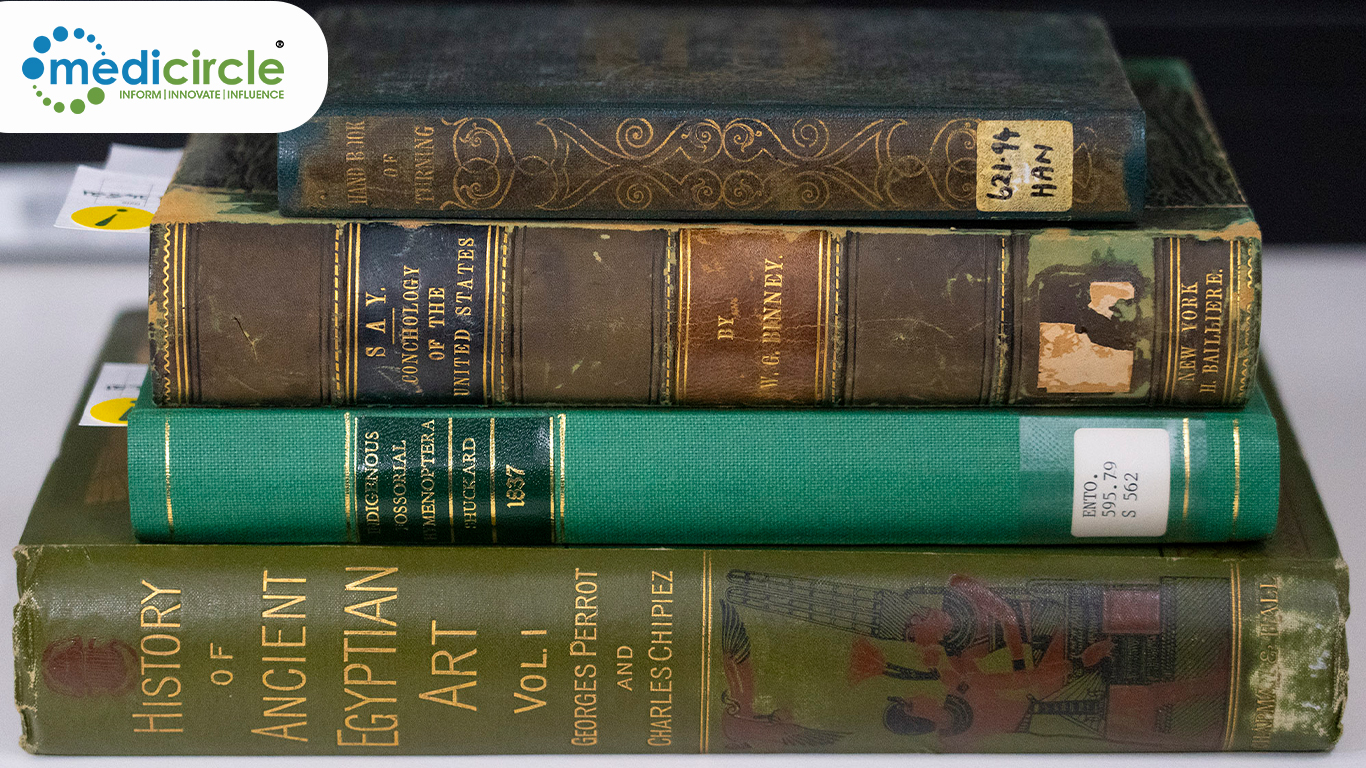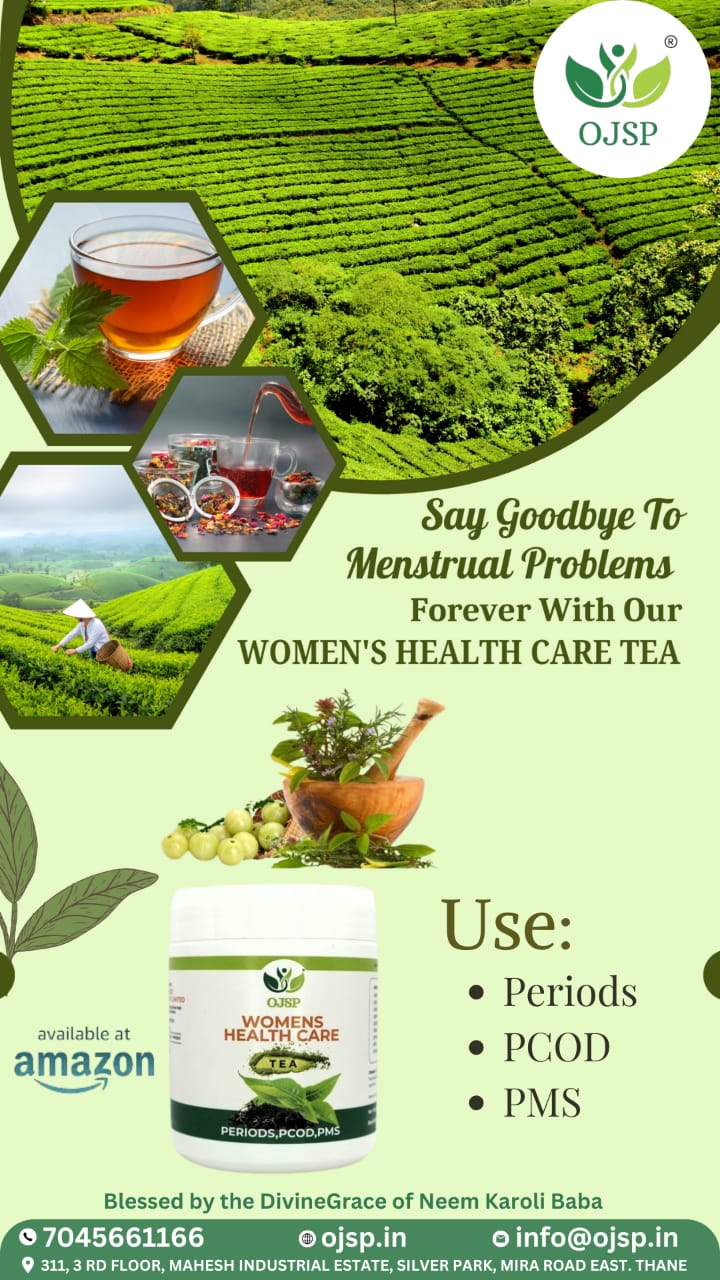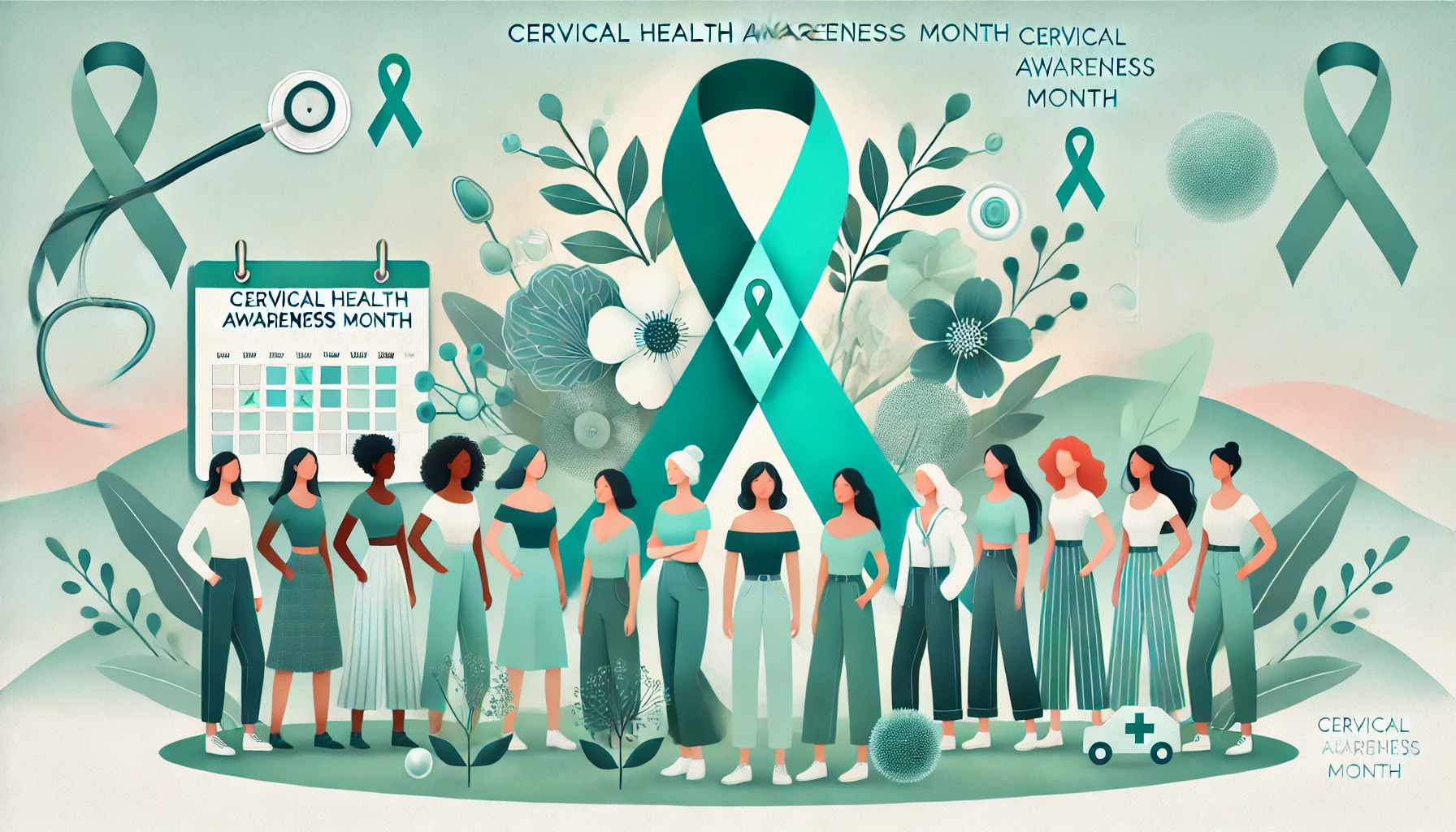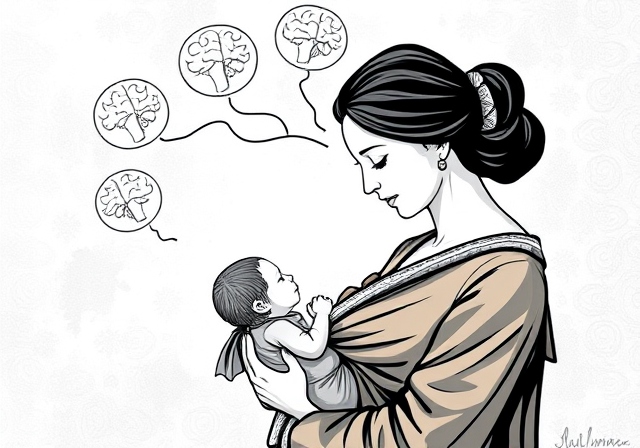For any book lover, there’s nothing quite like the charm of antique books. Owning a cloth-bound book from the Victorian era can feel like a connection to history itself. The allure of intricate designs, faded pages, and the distinct scent of aging paper evokes nostalgia and reverence for a time long gone. However, recent research has revealed a darker side to these treasures. That cherished Victorian-era book may come with a hidden danger—poisonous chemicals in the binding that could be hazardous to your health.
The Allure of Victorian-Era Books: Books from the Victorian period (1837-1901) hold a special place in the hearts of bibliophiles. Known for their ornate and colorful bindings, these books were often crafted with the intent to captivate the reader’s attention. The vivid hues and elaborate patterns that adorn the covers are a testament to the craftsmanship of the time, where appearance was just as important as the content within. But behind the beauty lies a potential threat that has been lurking on bookshelves for centuries.
The Hidden Poison: The vibrant colors that make antique books so appealing weren’t achieved through harmless means. In fact, many of the pigments used to create these eye-catching covers contained dangerous substances. Researchers at Lipscomb University in Tennessee have discovered that some of the dyes used in Victorian book covers are highly toxic. Among the harmful chemicals found were arsenic, lead, and chromium, all of which pose significant health risks when handled or inhaled.
During the 19th and early 20th centuries, book binders sought to create striking covers that would stand out on store shelves. Bright greens, deep blues, and other vibrant colors were popular choices, but these shades often came from toxic materials. For example, arsenic, a substance now well-known for its toxicity, was commonly used to produce vivid green dyes. Lead, another dangerous metal, was utilized to create yellow and red pigments. Chromium compounds were used for other colors as well, adding to the chemical cocktail present in these old volumes.
The Health Risks of Handling Antique Books: The presence of toxic dyes in antique books raises serious concerns for collectors, historians, and anyone who handles these volumes regularly. The study conducted by Lipscomb University highlights the potential health risks associated with prolonged exposure to these hazardous substances. When these books are touched, or when dust from their covers is inhaled, small amounts of the toxic chemicals can enter the body, leading to a range of health problems over time.
One of the most concerning risks is the potential for cancer. Arsenic, for example, is a known carcinogen, meaning that it can increase the risk of cancer with prolonged exposure. Lead, too, is highly toxic and can cause a variety of health issues, including lung damage, cognitive impairments, and fertility problems. Chromium compounds, depending on their form, can also be carcinogenic and harmful to the respiratory system.
While casual contact with an antique book may not pose an immediate threat, individuals who regularly handle such volumes—such as collectors, librarians, and researchers—are at a greater risk. Over time, repeated exposure to these toxic substances can accumulate in the body, leading to more serious health complications.
The Impact of Prolonged Exposure: The Victorian-era fascination with bright, attention-grabbing colors came with a price that is still being paid today. Prolonged exposure to toxic dyes can have a cumulative effect, meaning that even low levels of exposure over a long period can result in significant health issues. Some of the conditions linked to these toxic substances include:
- Cancer: Both arsenic and certain chromium compounds have been linked to various types of cancer, particularly lung cancer, due to inhalation of dust containing these chemicals.
- Lung Damage: The inhalation of dust from antique books, which may contain harmful particles, can cause respiratory issues and long-term lung damage.
- Fertility Issues: Lead exposure has been associated with reproductive problems, including reduced fertility in both men and women.
- Cognitive Impairments: Lead is also known to affect the nervous system, potentially leading to cognitive impairments, memory problems, and other neurological issues.
For those who love antique books, the idea that these cherished objects could be harmful is a difficult reality to face. However, there are ways to enjoy these historical treasures while minimizing the risk to your health. Proper handling and storage techniques can go a long way in reducing exposure to toxic substances.
1. Wear Gloves: When handling antique books, especially those from the Victorian era, it’s a good idea to wear gloves. This can prevent direct contact with toxic dyes and reduce the risk of skin absorption.
2. Avoid Inhalation: Be mindful of dust that may accumulate on old books. When handling these volumes, avoid breathing in any dust that may be present on the surface or in the pages.
3. Store in a Safe Environment: Proper storage of antique books is essential to minimize exposure to harmful chemicals. Consider storing these books in airtight containers or display cases to prevent dust from spreading into the air.
4. Limit Direct Contact: If you’re a collector or historian, limit the amount of time you spend handling these books directly. Consider using digital copies or photographs for research purposes whenever possible.
5. Keep Books in a Controlled Environment: Humidity and temperature control can also help reduce the risk of chemical exposure. Storing books in a cool, dry place can prevent the degradation of materials and limit the release of harmful substances.
6. Professional Cleaning: For valuable collections, consider having the books professionally cleaned by conservators who specialize in handling antique materials. They can safely remove dust and debris that may contain toxic chemicals.
The Future of Antique Book Preservation: The revelation that antique books may contain toxic substances has sparked a new conversation about how these historical artifacts should be preserved and displayed. Libraries, museums, and private collectors are now faced with the challenge of protecting both the books and the people who handle them. This may involve rethinking traditional storage methods and exploring new technologies that can help identify and mitigate the risks associated with toxic dyes.
Moving forward, further research is needed to fully understand the extent of the health risks posed by these antique volumes. Studies like the one conducted by Lipscomb University are crucial for raising awareness and guiding future preservation efforts. With the right knowledge and precautions, it is possible to enjoy the beauty and history of Victorian-era books without compromising health and safety.
Antique books are treasures that connect us to the past, offering a glimpse into the world of previous generations. However, it’s important to be aware of the potential dangers hidden within these cherished objects. The use of toxic dyes in Victorian book covers may pose health risks, particularly for those who handle these books regularly. By taking proper precautions and staying informed, book lovers can continue to appreciate the magic of antique books while safeguarding their health for the future.
As the world of antique book collecting continues to evolve, so too must our approach to preservation and safety. The beauty of Victorian-era books may be timeless, but so too are the responsibilities that come with owning and handling these pieces of history.

 The use of toxic dyes in Victorian book covers may pose health risks, particularly for those who handle these books regularly.
The use of toxic dyes in Victorian book covers may pose health risks, particularly for those who handle these books regularly.










.jpeg)






.jpg)
.jpg)










